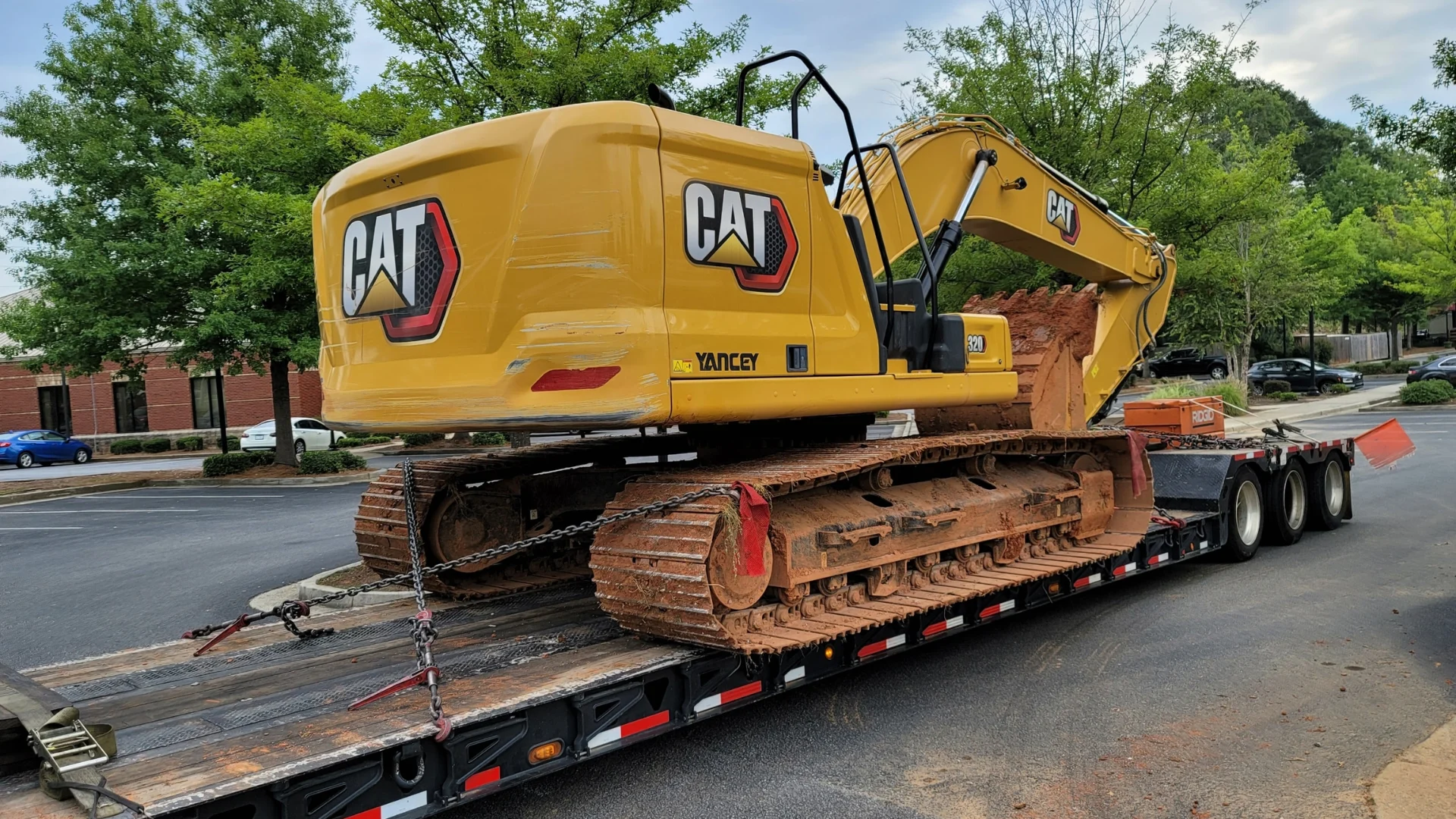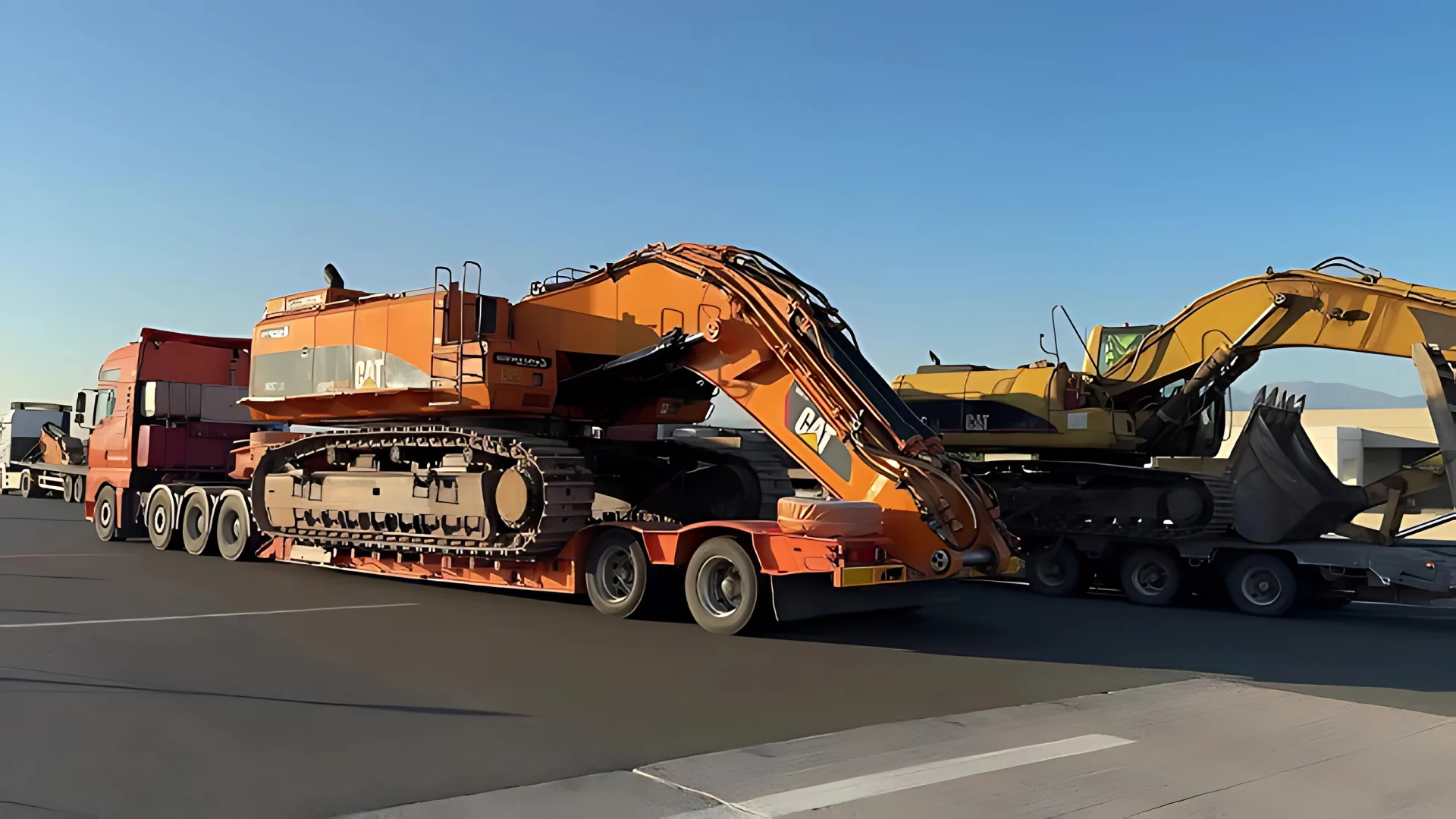Heavy equipment isn’t built for easy transport. These machines are large, powerful, and often oversized. From excavators to backhoes, every unit comes with unique dimensions and weight. Getting them on the road — and then off again without delays — calls for knowledge and planning.
Construction timelines rely on machines showing up when they’re expected. A late loader can stall an entire workday. Shipping services that understand the stakes help companies avoid downtime.
Specialized Shipping for Oversized Loads
Not every truck is built to carry heavy equipment. Oversized loads need specialized transport. This means matching the machine to the right trailer, securing it properly, and planning the route with precision.
Services include:
- Flatbed trailers are suited for wide and tall machinery
- Tie-down systems to hold equipment safely
- Permit arrangements for over-dimensional loads
By working with experienced carriers, businesses can trust that their machines will move safely and legally.
From Yard to Job Site Without the Guesswork
Heavy equipment doesn’t always start at a warehouse. It might be at a dealership, sitting on a construction yard, or at a storage location. Getting it where it needs to be means picking up from unusual spots and delivering to active job sites.
Shipping support includes:
- Pickup from equipment dealers or holding lots
- Drop-off at construction sites across Quebec and Ontario
- Coordination with site supervisors for access timing
With communication and planning, the entire process stays smooth.
Equipment Types Commonly Shipped
Across the provinces, contractors and builders rely on a wide range of machinery. Shipping teams handle:
- Excavators
- Skid steers
- Bulldozers
- Cranes
- Compactors
- Graders
- Wheel loaders
- Trenchers
Each piece of equipment is loaded and moved with safety protocols in place, ensuring it reaches the site ready to work.
Route Planning with Permit Accuracy
Shipping heavy equipment means knowing the roads. Certain areas restrict weight or height. Some bridges or highways aren’t suitable for oversized freight. Knowing the route — not just the destination — makes all the difference.
Route support includes:
- Load-specific route selection
- Provincial permit acquisition
- Road checks and clearance management
This helps shipments stay compliant and on time.




